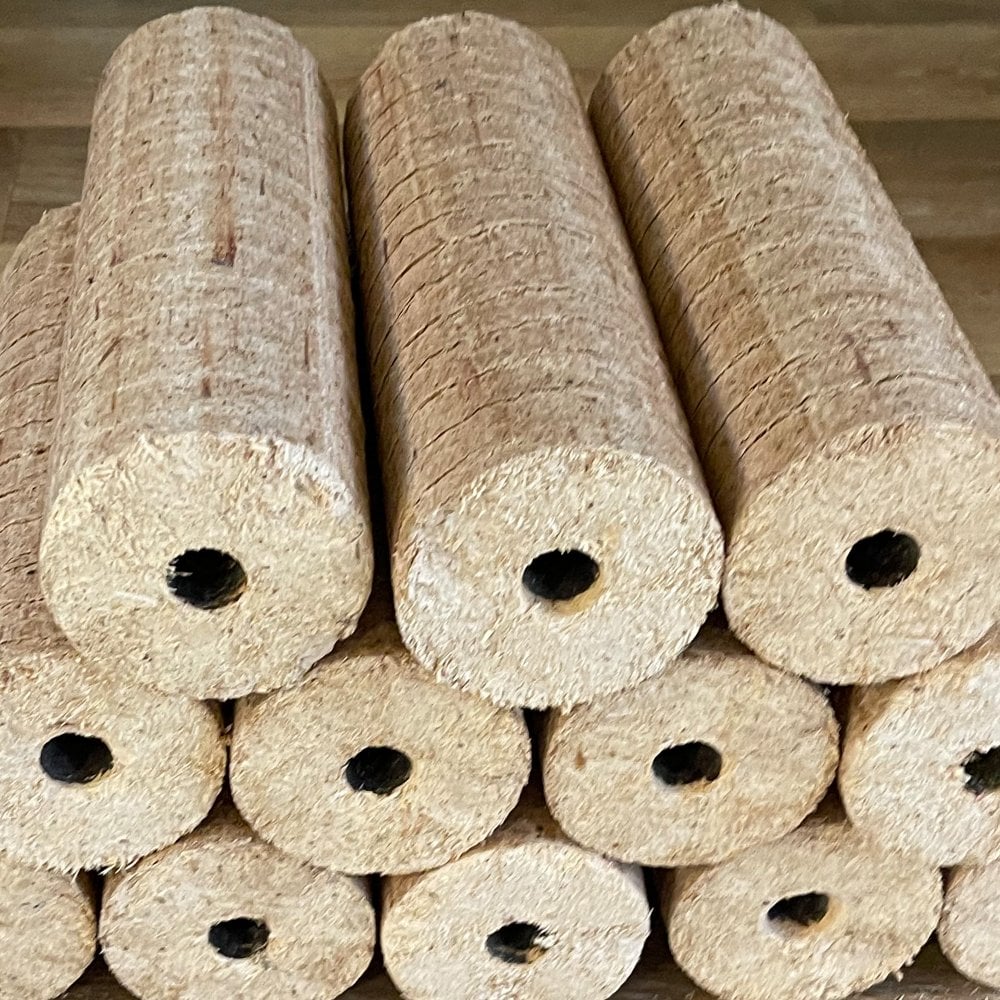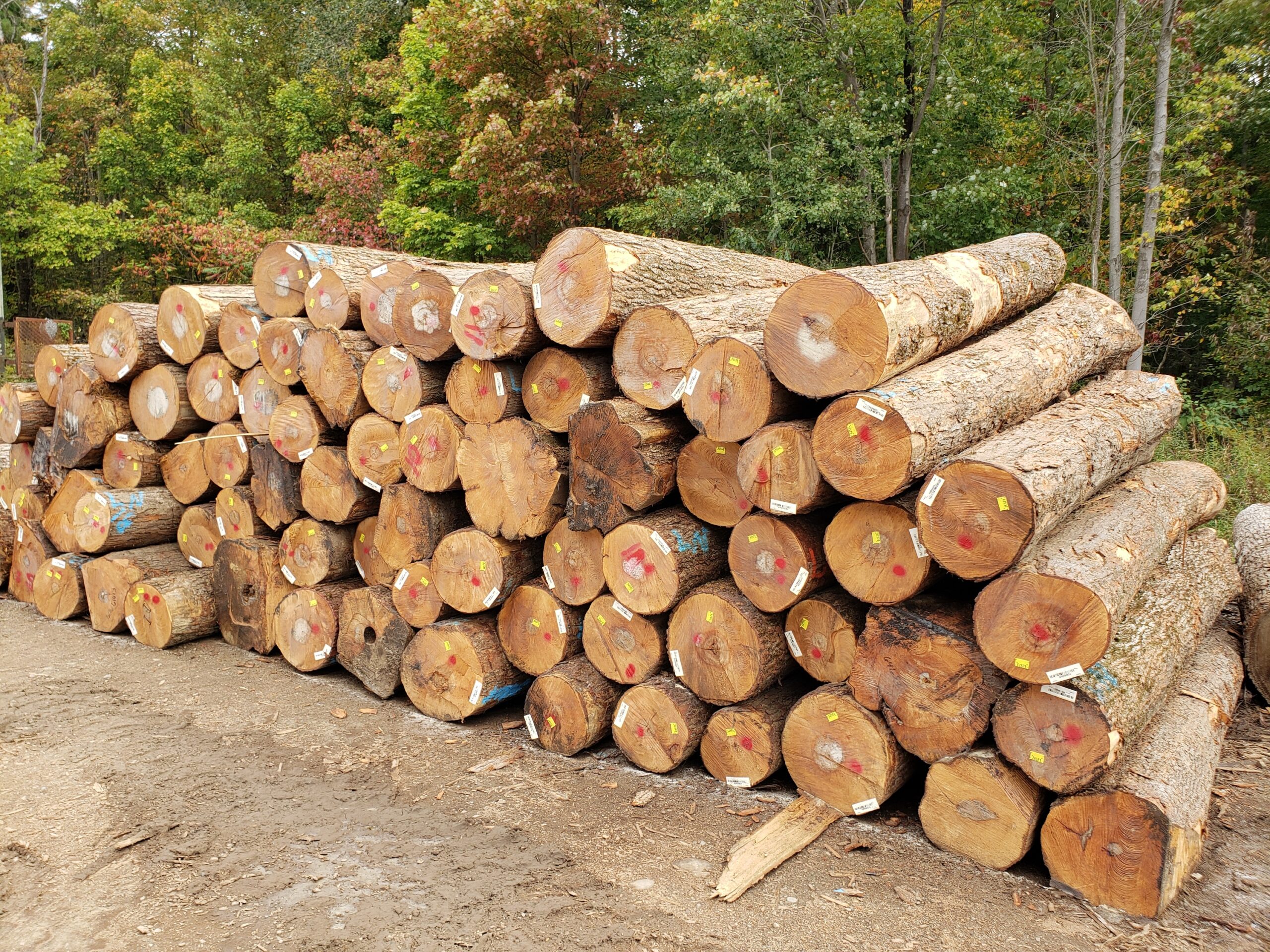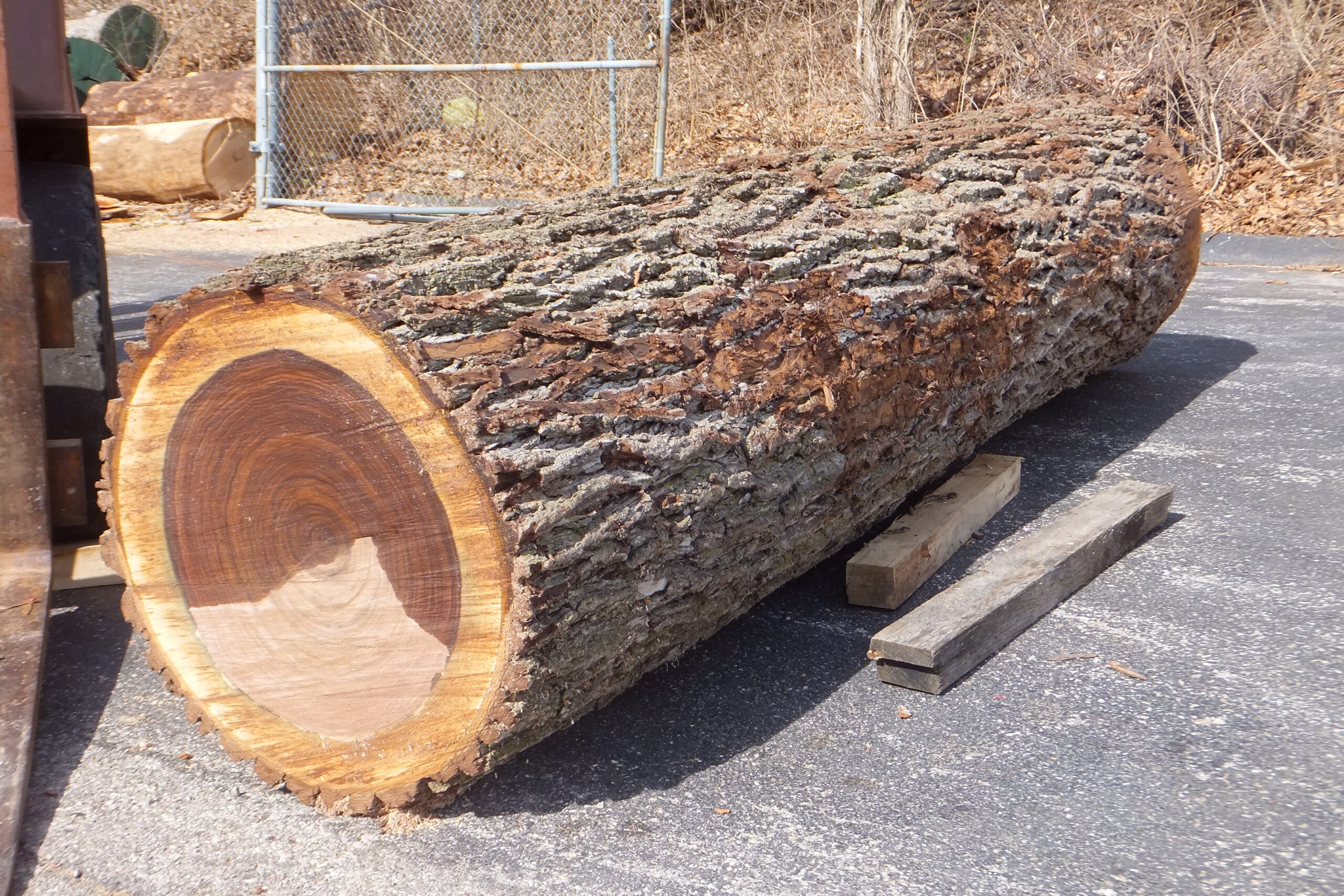Description
Hard logs, often referred to as hardwood logs, originate from deciduous trees that shed their leaves annually. These types of logs are renowned for their density, durability, and rich grain patterns, making them highly sought after in various applications, from furniture making to flooring. Unlike softwood logs, which come from evergreen coniferous trees, hardwood logs typically have a more complex structure, resulting in intricate designs and finishes that can transform a simple product into a work of art.
The harvesting and processing of hard logs require skill and precision, as the quality of the wood significantly impacts its final use. Loggers must carefully assess the trees for growth patterns, health, and aesthetic qualities before selecting them for cutting. Once harvested, the logs undergo a meticulous process of drying and curing to minimize warping and splitting, ensuring that the final product is not only beautiful but also durable. This careful attention to detail allows artisans and manufacturers to produce high-quality items that stand the test of time.
In addition to their aesthetic and practical uses, hard logs also play a vital role in sustainability and ecological balance. Deciduous trees contribute to carbon sequestration and provide critical habitats for various wildlife species. As awareness of environmental issues grows, the sourcing of hardwood from responsibly managed forests has become increasingly important. Many manufacturers now prioritize the use of sustainable practices, ensuring that their hard logs come from sources that promote conservation and responsible forestry, thereby supporting both the environment and the economy.














